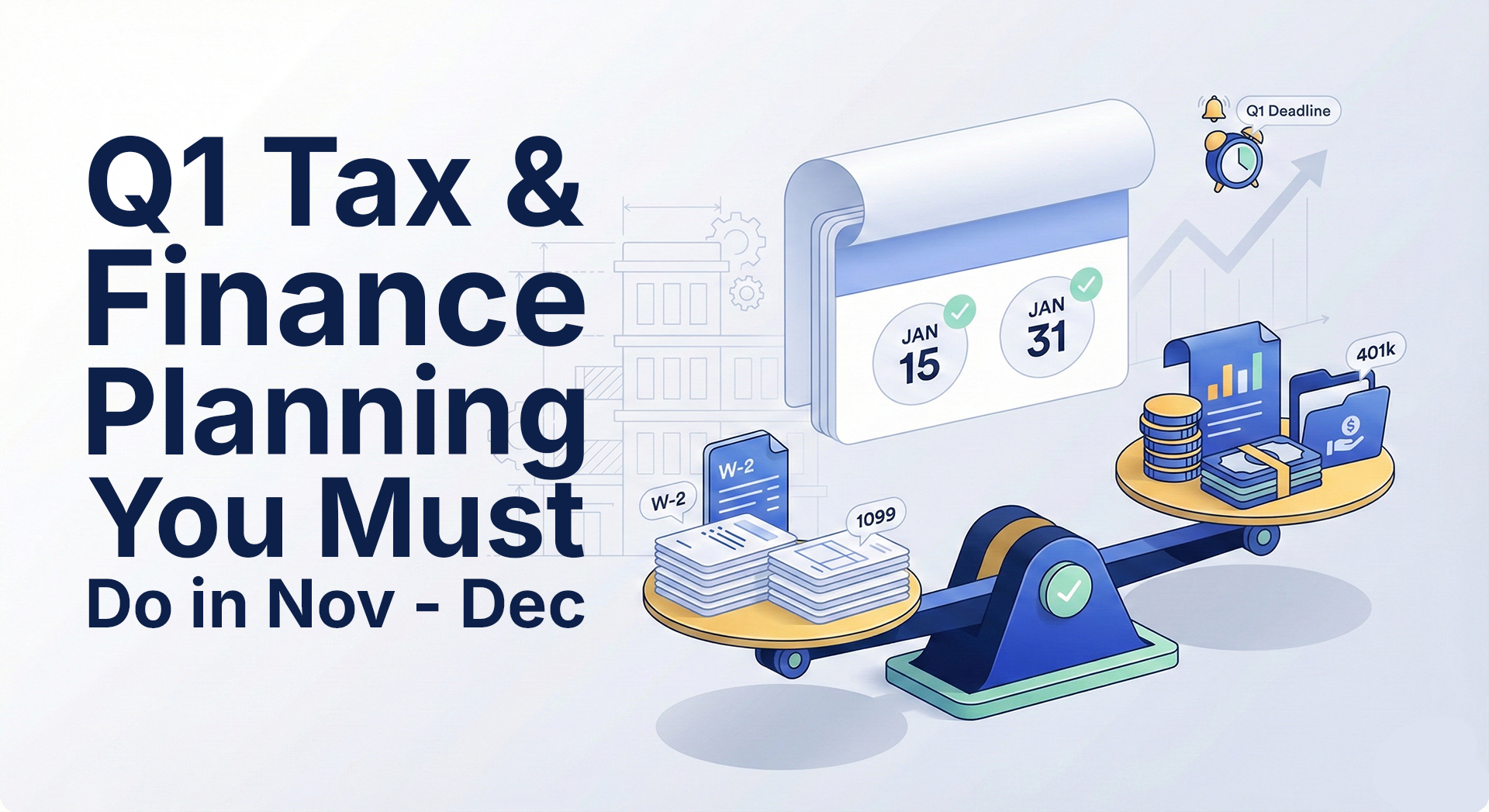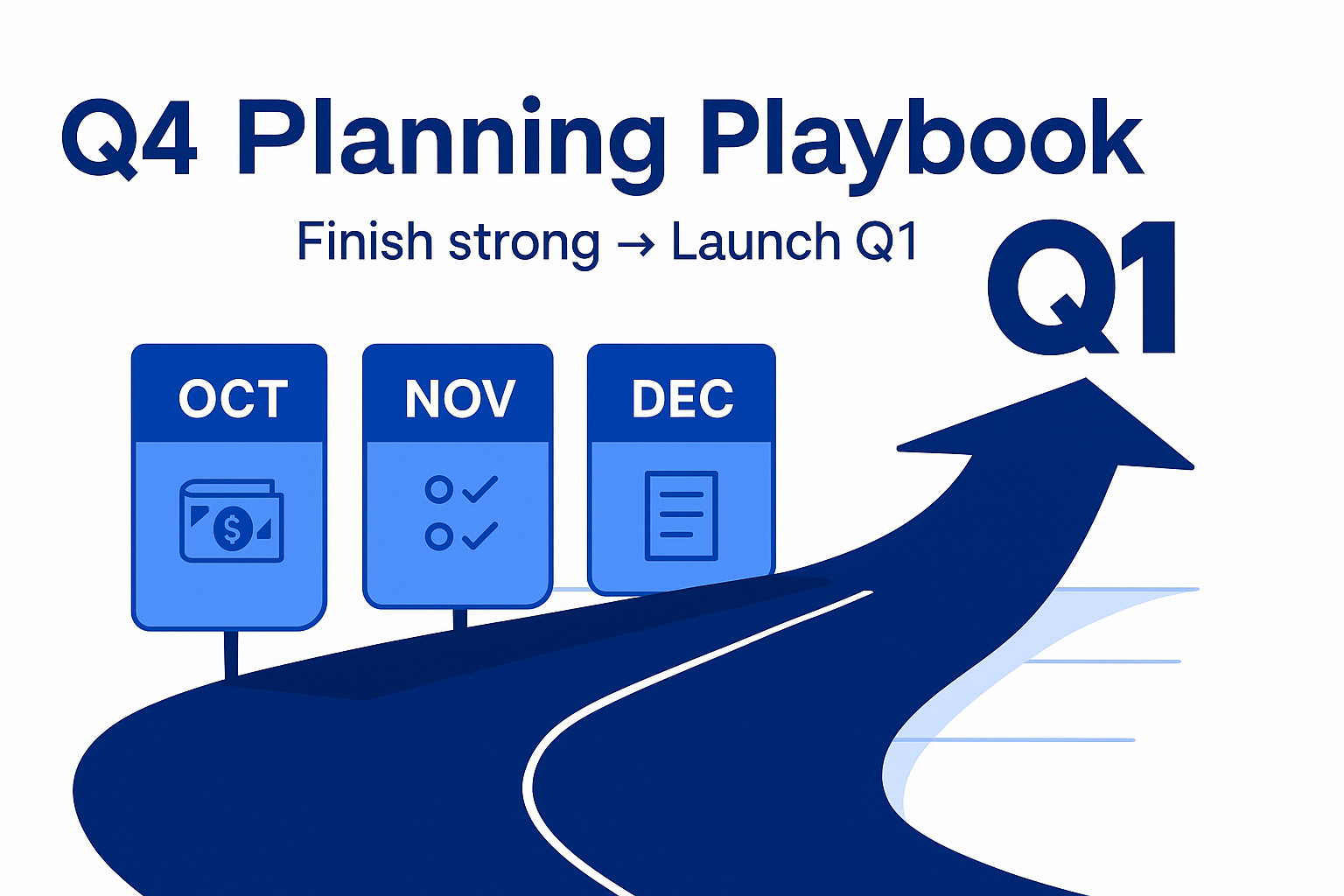
In today’s rapidly changing economic landscape, small businesses in the United States face unique challenges that require strategic planning and adaptability. Financial forecasting is a powerful tool that enables business owners to anticipate trends, allocate resources effectively, and make informed decisions. By predicting future financial performance, businesses can navigate uncertainty and set themselves up for long-term success. Here are some essential financial forecasting tips tailored for U.S. small businesses:
1. Understand Your Goals
Before diving into numbers, establish clear business objectives. Are you planning to expand your operations, launch a new product, or streamline expenses? Knowing your goals will help you focus your forecasting efforts and prioritize the metrics that matter most.
2. Gather Accurate Historical Data
Your past performance is a valuable indicator of future trends. Collect financial statements, sales data, and expense records from the last three to five years. This data provides a baseline for identifying patterns and making projections.
3. Choose the Right Forecasting Method
There are various methods to forecast financial performance, including:
- Quantitative Methods: Rely on numerical data, such as historical trends and statistical models, to make predictions.
- Qualitative Methods: Use expert opinions, market research, and industry insights to estimate future outcomes.
- Hybrid Approaches: Combine both quantitative and qualitative methods for a more comprehensive forecast.
Select a method that aligns with your business model and industry dynamics.
4. Focus on Key Financial Metrics
Track and project critical financial indicators, such as:
- Revenue Growth: Identify factors driving sales growth, such as market demand, pricing strategies, and customer acquisition efforts.
- Expenses: Categorize and estimate costs, including fixed expenses (e.g., rent) and variable expenses (e.g., raw materials).
- Cash Flow: Monitor inflows and outflows to ensure you can meet short-term obligations and seize opportunities.
- Profit Margins: Evaluate your profitability to understand how efficiently your business generates earnings.
5. Incorporate Market Trends and External Factors
Stay informed about industry trends, economic conditions, and competitive dynamics within the United States. For example, changes in consumer behavior, technological advancements, or new federal and state regulations can impact your forecasts. Use reliable sources to gather insights and adjust your projections accordingly.
6. Use Technology to Simplify the Process
Financial forecasting software can streamline data analysis and improve accuracy. Tools like QuickBooks, Xero, and PlanGuru, which are widely used in the U.S., offer features such as automated reporting, scenario analysis, and integration with your accounting systems.
7. Prepare for Multiple Scenarios
Uncertainty is inevitable in business. Develop best-case, worst-case, and most-likely scenarios to evaluate potential outcomes. Scenario planning allows you to identify risks and opportunities, enabling proactive decision-making.
8. Review and Update Regularly
Financial forecasts are not static. Schedule regular reviews to compare projections with actual performance. Adjust your forecasts based on new data, market conditions, and business developments in the U.S. economic environment. This iterative process ensures your planning remains relevant and actionable.
9. Seek Professional Advice
If financial forecasting feels overwhelming, consider consulting with a financial advisor or accountant familiar with U.S. tax laws and financial regulations. Their expertise can help you refine your methods, validate your assumptions, and identify blind spots.
10. Communicate Your Forecasts Effectively
Share your forecasts with key stakeholders, such as investors, employees, and partners. Clear communication fosters trust and aligns everyone toward common goals. Use visuals like charts and graphs to make your data more accessible and impactful.
Financial forecasting is not just about predicting numbers; it’s about empowering your small business to make informed decisions and achieve its goals. By understanding your objectives, leveraging historical data, and staying adaptable, you can prepare for the future with confidence. Invest time and resources into refining your forecasting process, and your business will be well-positioned to thrive in any economic climate across the United States.
Contact us today to help your business strategize future-proof finance solutions to remain agile.
The Clever Writing Team
The CleverProfits writing team includes various team members in Advisory, Financial Strategy, Tax, and Leadership. Our goal is to provide relevant and easy-to-understand financial content to help founders and business leaders reach their true potential.






